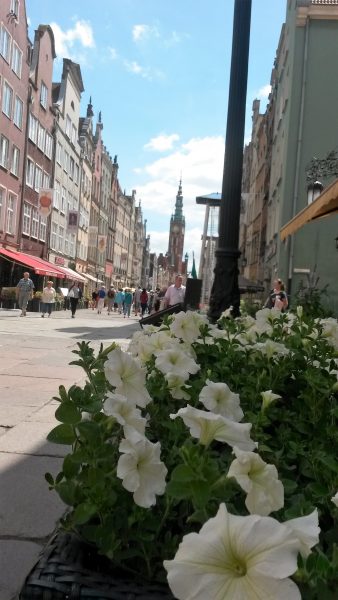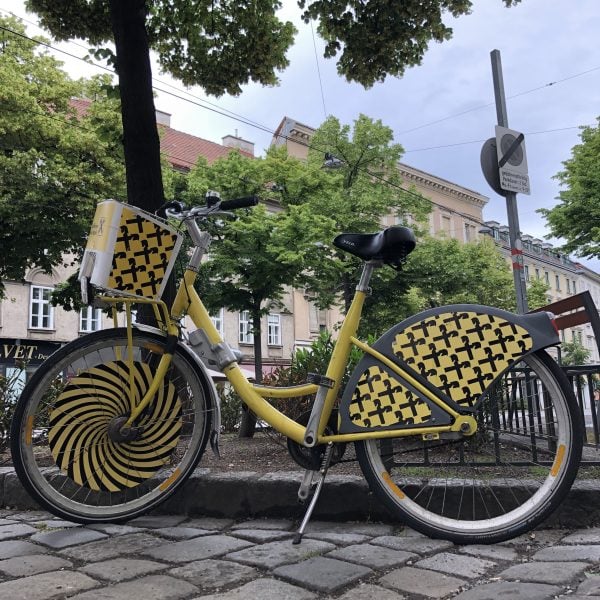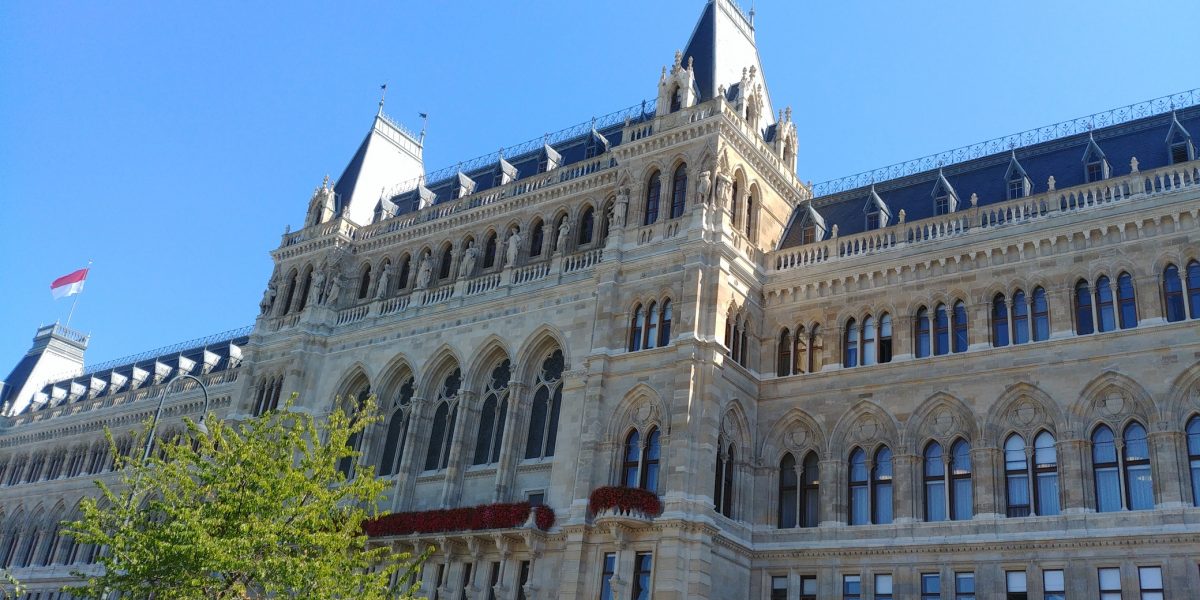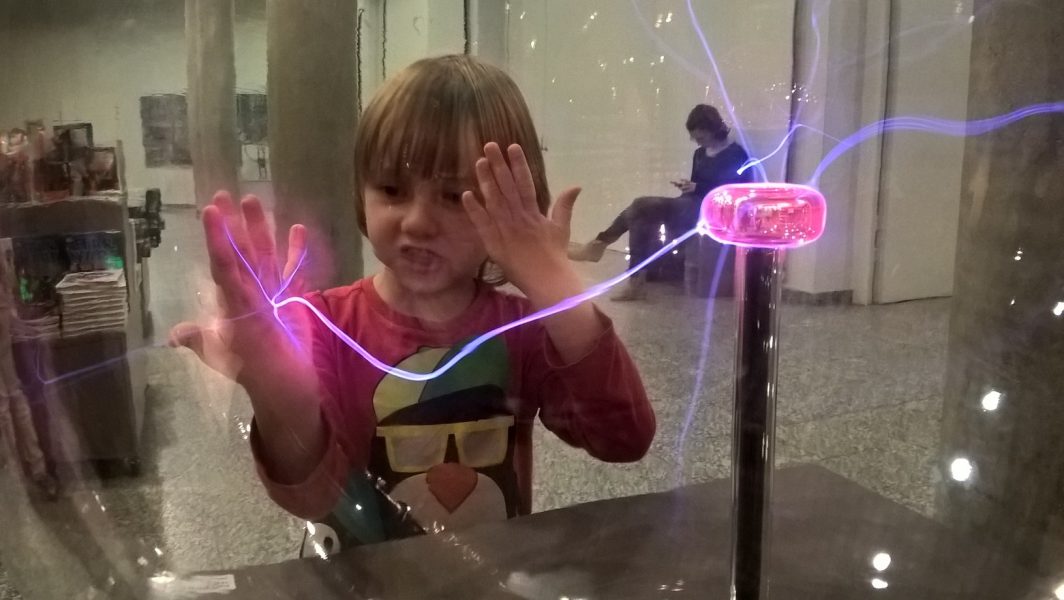The Prater is one of Viennas favorite recreational places and a world renown tourist attraction. But few know about its the long history.
The origins of the Praterauen
The name Prater derives from the Italian noble family de Prato, to whom duke Frederic I. of Babenberg donated some meadows in this area in 1194. In the 13th century territorial princes owned most of the wetlands of todays Prater. Small parts belonged to the monastery of Klosterneuburg and the city of Vienna.
In the 16th century the Habsburgs build a huge hunting forest on their parts of the wetlands. The Kastanienalleen (including the Praterhauptallee, which is 4.5 Kilometers long today) where created at that time. In 1592 Rudolf II restricted public access to the forests; people had to ask permission from the imperial forest scout in order to get access to the woods. This rule was loosened only in 1766, when emperor Joseph II made the Prater a public place of entertainment. First, the gates where opened in summer only during daytime, later, access was granted at all times of the year.
The history of the Wurstelprater
The Prater is known for its amusement park – commonly known as Wurstelprater. Founder of the Wurstelprater was Michael Ainöther, also called Taffern-Micherl (which freely translates as Tavern-Mike). He was a small, humpbacked bar boy who was renowned and loved by the people of Vienna for being friendly and hard working. According to the legend, one night his ancestor (the giant Änother) came to him in a dream and proposed the idea of building a leisure place for the public. In 1603 Taffern-Micherl managed to open a restaurant on a piece of land that belonged to the city of Vienna. He couldn’t have done it without donations from the people of Vienna. The business was quite successful and grew fast; a bowling area, swings and puppet-theaters where added.
It is the puppet-theaters that the Wurstelprater has its name from. Their main character was usually the harlequin (in german Hanswurst), so people called it Wurstelprater. When the Praterauen was opened to the public in 1766, the customers of the upper and lower class started mingling and the Prater was becoming a leisure place for everyone.
Sensation seeking in the 19thcentury
Already the 18thcentury saw a trend in shows that included “abnormal” people (giants, cripples, Siamese twins, …). The common folk were crazy about those “freak-shows”. The opening of Africa and America furthered the peoples’ fascination of the exotic. In the 19thcentury ethnological expositions were held, where cultures from all over the world were presented to the public. In 1896 the “Aschanti-Dorf” was opened at the Prater. This attraction forced slaves from Africa to live and present themselves in a way, that Europeans though “exotic”. However, the idea of the exotic and reality had very little in common, as you can tell by following quotes:
“Polygamy is one of the most important aspects of their lives; the king has 3333 wives, and this cannibalistic number must always be sustained. The Aschanti-niggers are a fierce and brave race. Though they are quite polite and sociable, the ongoing conflicts with their neighbours make them bloodthirsty to the highest degree.” (report in the Illustriertes Wiener Extrablatt, 18.8.1873)
“We are not allowed to put on any clothes, Sir, no shoes, nothing, not even a headscarf. We have to represent savages, Sir, Africans. It is ridiculous. In Africa we couldn’t be like that. Everybody would laugh.” (an Africans report of the Aschanti-Dorf, quoted by the author Peter Altenberg in 1896)
Continual development of attractions
With the ongoing industrialization, the imagination of showmen and engineers knew no borders (the invention of the railway and electricity furthered the development of attractions). The 65-meter-high Ferris wheel was built by the engineers Walter Basset and Harry Hitchins in 1897 in honor of the 50th anniversary of emperor Franz Joseph I. One year earlier the first cinema opened at the Prater. Around the time of fin de siècle the attractions became evermore niftier.
The Prater today
During World War II big parts of the Prater were destroyed but rebuilt after war. It developed constantly, following the trends of the time. Today the Praterauen with its forests and meadows is a beloved haven for people to take a break from busy city-life.
The Ernst-Happel-Stadion (formerly Praterstadion) is situated on the eastern side of the Prater and was built in 1931. In close distance there is the famous trotting course Krieau – one of the biggest in Europe. On the Western side there is the theme park, that offers an entertaining programm to its visitors; rollercoasters, ghost trains, roundabouts and many more. A lot of food stands and restaurants offer foods and drinks. The P










